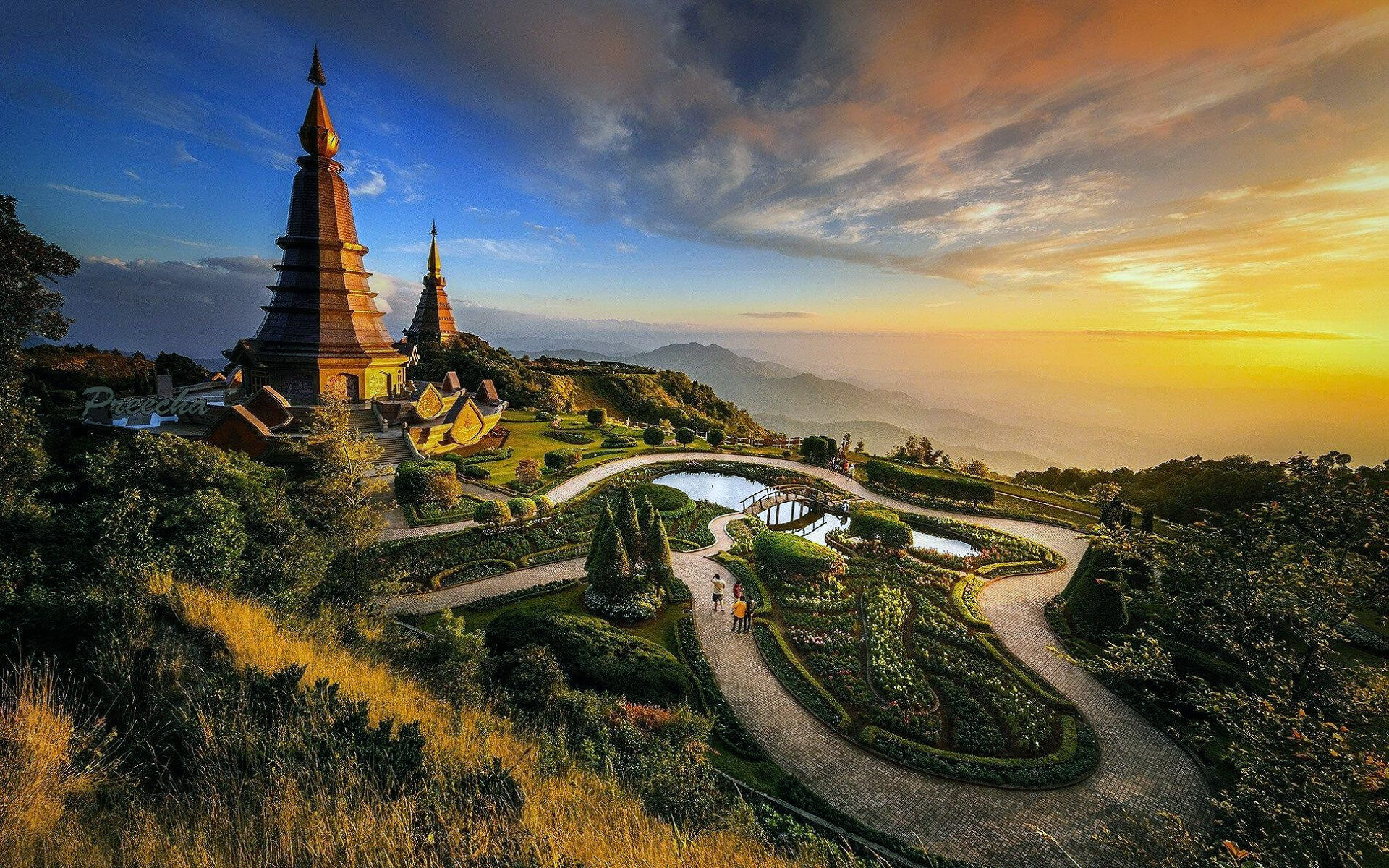Chiang Mai, often known as “Chiengmai” or “Chiangmai,” is Northern Thailand’s biggest and most culturally important city. It is the capital of Chiang Mai Province and was formerly the capital of the Kingdom of Lan Na (1296–1768), which became the Kingdom of Chiang Mai, an atributary kingdom of Siam from 1774 to 1899, and eventually the seat of a largely ceremonial monarch until 1939. It is located 700 kilometers (435 miles) north of Bangkok and is surrounded by the country’s tallest mountains. The city is located on the banks of the Ping River, a significant tributary of the Chao Phraya River.
Chiang Mai, which means “new city,” was called when it became the new capital of the Lan Na kingdom when it was constructed in 1296, replacing Chiang Rai, the previous capital founded in 1262.
Chiang Mai rose to prominence in the political sector in May 2006, when the ASEAN states and the “+3” countries signed the Chiang Mai Initiative (China,Japan, and South Korea). Chiang Mai was one of three Thai cities competing to host the World Expo 2020. (the others were Chonburi and Ayutthaya). However, Ayutthaya was eventually picked by the Thai Parliament to register for the international competition.
Chiang Mai has positioned itself to become a Creative City and is contemplating seeking for UNESCO Creative City accreditation.
Chiang Mai’s historic significance stems from its closeness to the Ping River and significant trade routes.
While Chiang Mai’s official city (thesaban nakhon) only spans most of the Mueang Chiang Mai district and has a population of 160,000 people, the city’s sprawl stretches into many surrounding districts. The Chiang Mai Metropolitan Area has a population of approximately one million people, which is more than half of the entire population of Chiang Mai Province.
Nakhon Ping, Srivijaya, Mengrai, and Kawila are the city’s four wards (khwaeng). The first three are on the Ping River’s west bank, while Kawila lies on the east side. The district of Nakhon Ping encompasses the city’s northern outskirts. The west, south, and east regions of the island are represented by Srivijaya, Mengrai, and Kawila, respectively. The city core is largely located inside the Srivijaya ward, which is surrounded by city walls.


